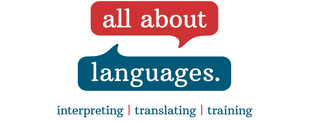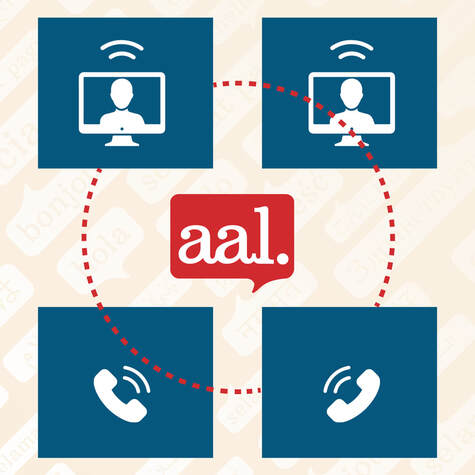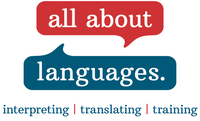|
By Patricia Jaworski Face to Face or Onsite Interpreters provide a more enriched form of communication where Telephone or Video Interpreting does not . As a general rule of thumb, the type of service requested should ideally match the type of meeting being scheduled. Hence if the Culturally or Linguistically Diverse (CALD) client is met or required in person, it’s best practice to book an Onsite Interpreter. With the development of technology and the impact of Covid-19 conducting business as usual has changed dramatically. The potenitial of video technology has markedly increased. Language companies are jumping on board with the technology and All About Languages has been prepared for such requests since May 2020. So what are the pros and cons of using each type of Interpreting Method? Onsite Interpreting (OSI) Pros – Onsite Interpreting provides the most enriched form of communication where all three parties are at the same location. Technology is not required; as communication is conducted in person. Verbal and non-verbal cues are easily identified, body language can give cues as to whether message has been understood. Cultural and/or language barriers can be identified quickly and resolved more efficiently than other forms of interpreting methods. Onsite Interpreting is more personable, and rapport can be easily developed especially when an Interpreter is required over multiple sessions. Onsite Interpreters are recommended for most situations however it ever so important to consider this form for circumstances involving business meetings, medical appointments, group meetings or court interpreting to name a few. Cons – A shortcoming to engaging an Onsite Interpreter is cost. Costs are higher as there is a minimum booked duration or fee and travel costs may apply. Secondly, particularly for some languages, an Onsite Interpreter may not always be available at the requested time or location. Video Remote Interpreting (VRI) Pros – It’s immediate. You can schedule a session quicker than waiting for an Onsite Interpreter to arrive if not pre-booked. Connection times are speedy. Video Interpreting is accessible to most and does not require huge bandwidths. Participants can be located across different sites. The technology All About Languages uses for Video Remote Interpreting is secure, which preserves confidentiality contingent on the environment. Users can connect via a web browser (no downloads required) or via a mobile application VRI can be more friendly on the budget, particularly where travel fees would normally be incurred for an Onsite Interpreter. It does not demand costly equipment to set up or conduct a session. VRI bridges the gap between Onsite and Telephone Interpreting. Cons – not always ideal in certain situations where there are several people (more than 5) involved in the session. Technical issues may arise if hardware is not tested beforehand. Over the Phone Interpreting (OPI) Pros – Often the most cost effective and fastest option when sessions are usually shorter than other forms of Interpreting. Ideally, Telephone Interpreting is best for interactions which are straightforward or succinct. Telephone Interpreters are often the most accessible 24 hours a day, 7 days a week. Cons Communication is limited to verbal communication only. Language or communication barriers may not easily be identified when communication is not clear or understood. Indeed, Telephone Interpreting is not a suitable option for those heard of hearing or the hearing impaired.
1 Comment
|
Archives
May 2021
|
hours24 hours | 365 days
|
telephone03 6344 7831
|
|


 RSS Feed
RSS Feed

